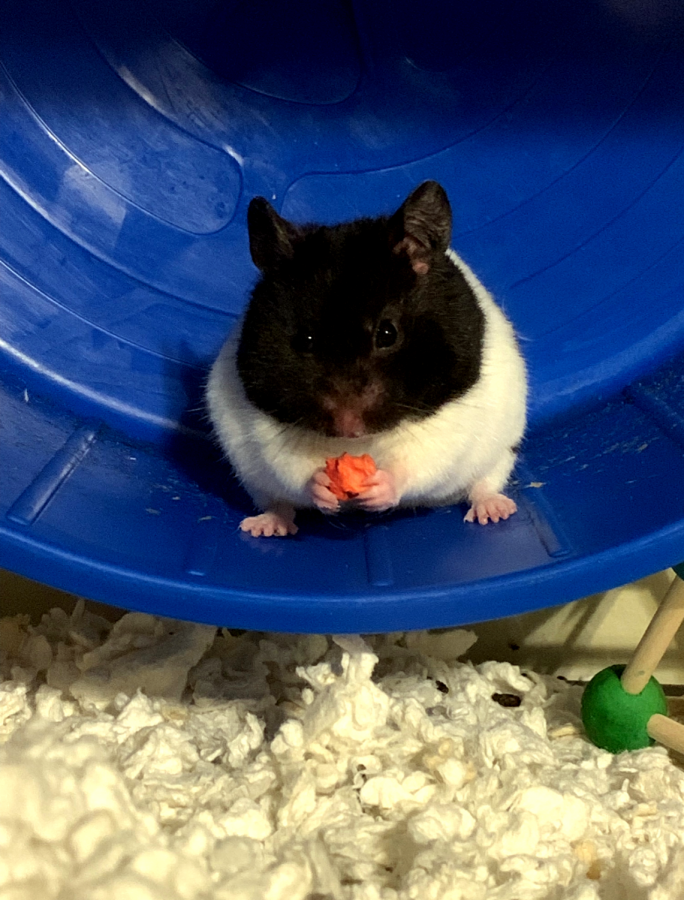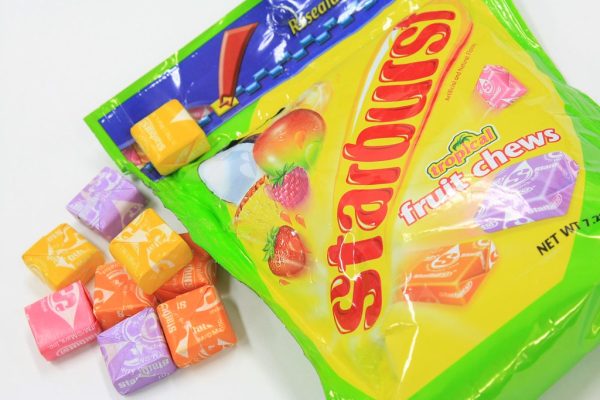Basic Proper Hamster Care
(Information and Checklist of Necessary Materials)
January 29, 2020
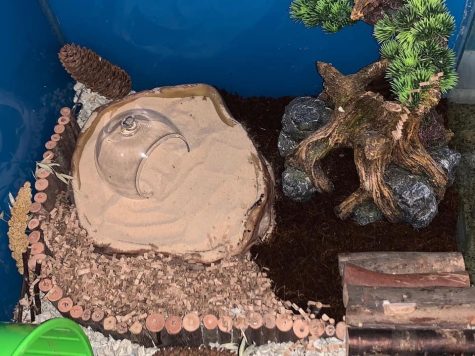
Marissa Stevens
Any hamster would love this sand bath!
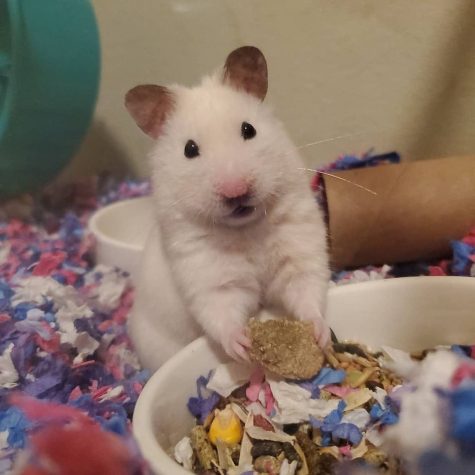
You want some?
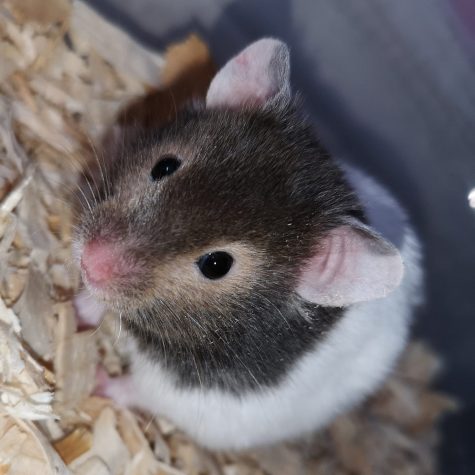
Scout

Awesome Setup!
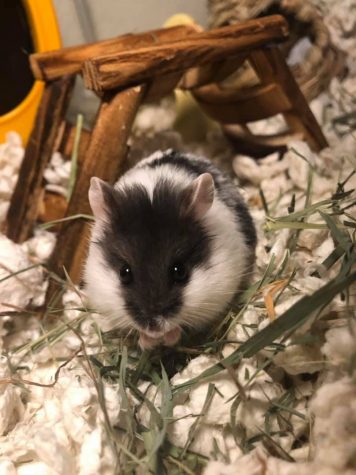
A beautiful molted hybrid dwarf.
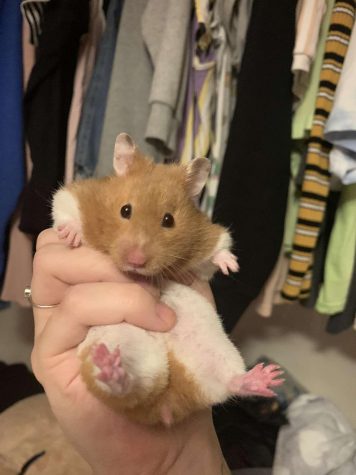
This is Cilla.
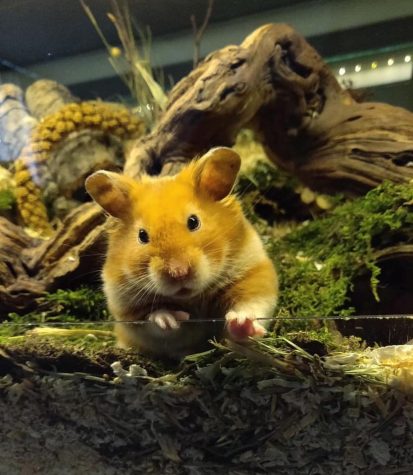
Hello!
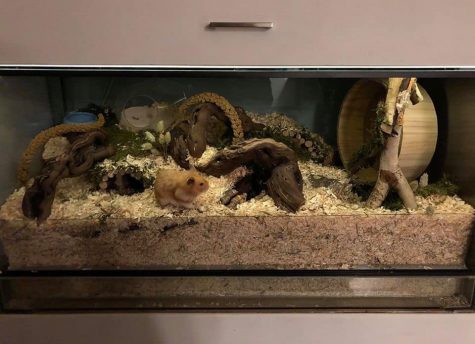
Enjoying his home.
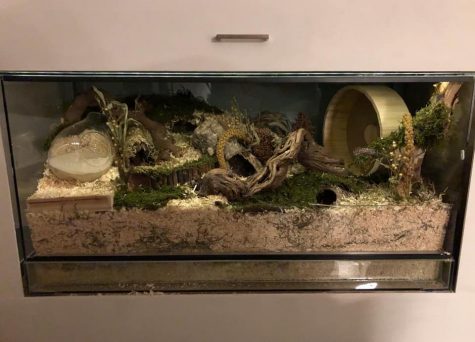
What a lovely natural setup!
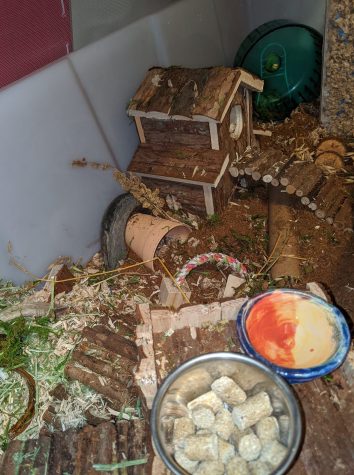
Natural Setup
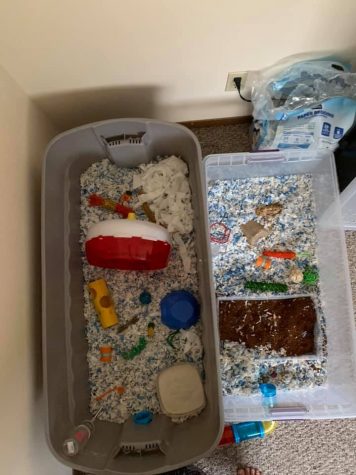
Bin Cages

Mario Theme!
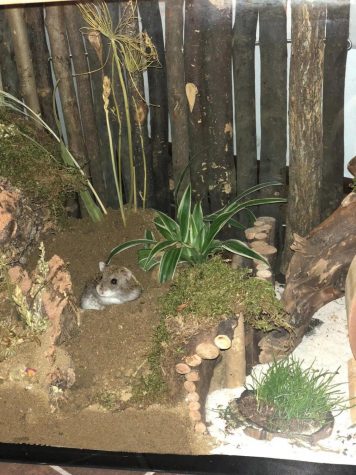
Playing in the dirt!
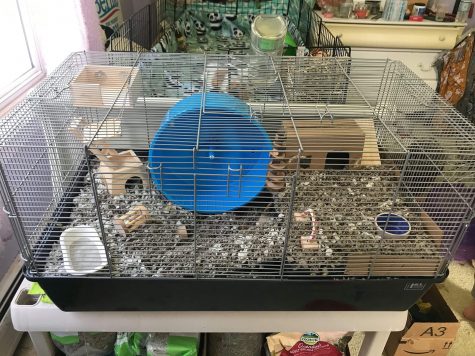
Prevue 528

Hammy in a natural setup
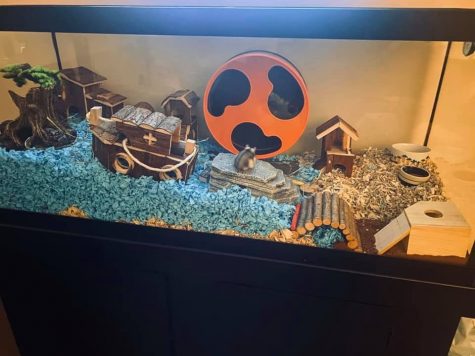
Aquarium Setup
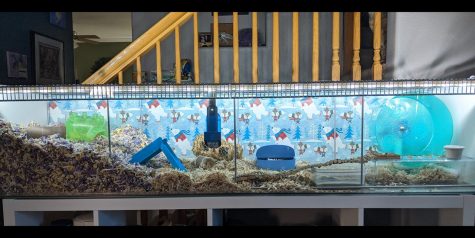
Ikea Detolf Setup
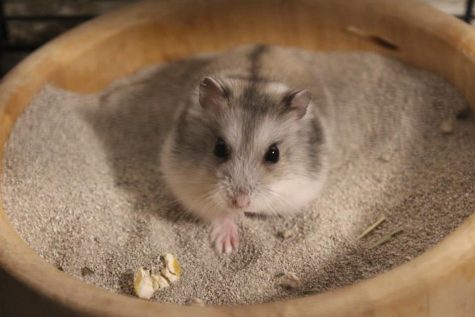
Time for a bath!

Proper bin cage example
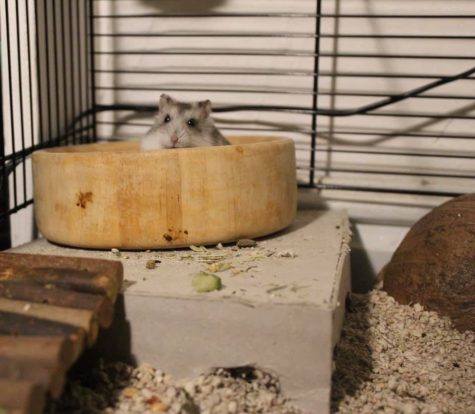
Enjoying his sand bath!
All too often I see hamsters being housed in small, unfit cages because they’re small animals that “don’t require that much space because they don’t have many needs.” This is one-hundred percent false. As a hamster owner, this upsets me and makes me want to correct every inhumane living condition that I come across.
Hamsters are not difficult animals by any means, but as any living organism does, they have specific needs that must be met to have a happy and healthy life. Sadly, people think that hamsters’ needs are met by cramming them into tiny Kaytee CritterTrails or Tiny Tales Cages. This is unfit for any of the five species of domesticated hamsters: the Syrian, the Dwarf Campbells Russian, Dwarf Winter White Russian, Chinese, or Roborovski. All species should have the same type of food, enclosure, and bedding, yet their needs are slightly different. For example, the Syrian hamster is the largest domesticated hamster, while the Roborovski is the smallest, which affects their requirements. Below is an accurate informational checklist with scenarios to help you be prepared if you decide to bring home a new furry companion.
“What’s the problem with small cages?”
When hamsters are kept in small cages they often develop a psychological disorder known as cage rage or cage aggression. This is because they become highly protective of their enclosures and feel that if something comes into it, they are being attacked and invaded. This can cause the hamster to bite you. Hamsters tend to chew the bars of cages; this is not healthy or safe and is a major indicator of stress and that you need to upgrade your cage. The minimum size of an enclosure for any species of hamster is 450 sq. inches of uninterrupted, unbroken wall-to-wall floor space. Hamsters do not require much vertical space to climb as they are not climbers. They burrow and scavenge for food, so a wide cage is better. A few of the best cages you can buy are 40+ gallon aquariums, Savic Hamster Heaven, Ikea Detolfs, large bin cages, Barney Hamster Cage, and the Prevue 528.
“What kind of food and treats should I give to my hamster?”
Hamsters are natural scavengers. They love when their food is scattered in their cages. Although it’s easiest to go to your local Walmart to pick up food, it’s not always healthy. Some of the best food brands are National Geographic Hamster Food, Higgins Vita Garden, Harry Hamster, Higgins Sunburst, and Versele Laga Hamster Nature. The general rule for a daily feeding is one tablespoon, and a 75% lab block to seed ratio. Fresh, non-chlorinated water should be able to be accessible at all times. Here is a list of treats from the Ontario Hamster Club that you can give your hamsters. (Whimzees are not listed, but many hamsters love them, even though they’re technically dog treats).
“Why should you have the proper wheel size and make for your hamster?”
Did you know, hamsters can run up to five miles per night? It’s very important to have the correct wheel for your hamster because of this. You can tell that your wheel is too small if your hamster’s back is arching. This can cause spinal issues and bring lots of pain to your furry friend. It’s also noteworthy to know that wired wheels are also very bad for hamsters because their tiny, fragile fragile limbs can get caught in the wheels and break, or the wires can cause Bumblefoot. This is a bacterial infection and inflammatory reaction on their feet. It’s very painful and can be fatal if left untreated. Highly rated wheels include Silent Runners from Eco Nutrition, Wodent Wheels, Trixie Wheels, Comfort Wheels, Carolina Storm Wheels, and Silent Spinners. Flying saucers are optional, but you must have a wheel no matter what. They should correspond with the proper wheel size.
- Syrian and Chinese – Minimum 10 inch, but 12 inches is preferred
- Dwarf Campbells Russian, Dwarf Winter White Russian, and Roborovski – 6.5-8 inch minimum
“Bedding is Bedding, why does it matter?”
Having the correct type of bedding is very important to your hamster’s health. Many pet stores sell bedding “fluff”, which looks like cotton. This may appear to be comfy and healthy, but it is actually very dangerous. This is because when hamsters stuff the bedding into their large cheeks, it can get stuck and choke the hamster. It doesn’t dissolve or shrink down like other types of beddings. The best brands of bedding are CareFresh and Kaytee Clean and Cozy (which I prefer). You can also use aspen, which is the ONLY safe wood-based bedding. If you’re ever in a bind and can’t afford bedding or you ran out, some alternatives you can use are toilet paper, paper towels, party napkins, and wooden cat litter pellets.
“But it’s so cute when they run around in their balls!”
Balls are very controversial in the world of hamsters. Some people say balls have restricted airflow and small slits tiny feet can get stuck in. However, as long as the hamsters are supervised, aren’t in the ball for more than 20 minutes at a time, and the size of the ball corresponds with their proper wheel size, it will be fine. It varies from hamster to hamster, but my Syrian, Espresso, loves her 13-inch ball. She will start to chew on the bars of her cage (which definitely meets the requirements) until I let her out, even though she has plenty to keep her busy. Some people prefer to buy playpens or let their hamsters free roam, but I can’t do that due to my cats and dogs.
“What do you mean my hamster can’t have a playmate?!”
Hamsters are strictly solitary animals unlike mice, rats, and guinea pigs. Hamsters do not get lonely or need company. Housing hamsters together causes severe stress, and fighting could lead to injuries or even death. The only exception to this is same-sex Roborovski litter-mates, but even they can easily have a “falling out.” If this is the case, they should be separated immediately and put in their own cage or enclosure. You should never let your hamsters socialize with each other even under supervision.
“Well, if I buy a male and female hamster, they can have babies!” Um…no.
Just because you want to breed your hamsters to have babies, doesn’t mean that you’re a hamster breeder. In order to become a hamster breeder, you have to have an extensive amount of knowledge and training in that area. Sometimes this will take years. You will have very bad outcomes if you breed without knowledge; for example, the mother may eat the babies due to stress. A single hamster can have upwards of about 20 pups, who after a few weeks must be separated into their own proper cages. This can be very expensive. To become a breeder, you need to have at least $1000 in emergency funds just for hamsters, and they have to be healthy, which means getting them genetically tested. If you are interested in becoming a breeder, you should find a mentor through reputable hamster groups on Facebook or online.
“What kind of sand should I buy?”
Hamsters should never be put into the water since they’re very susceptible to the cold. This causes them to get sick and it can be fatal. Because hamsters don’t require baths with water or cleanser, the love to roll around and dig in the sand to keep themselves clean. This takes away the excess oils from their fur. In many pet stores, you will see “chinchilla dust” a sort of “dust” for bathing, but it’s very dangerous. Your hamster can inhale it and suffer severe respiratory issues. You need to make sure you buy sand without calcium, such as children’s play sand, aquarium sand, or reptile sand, but just remember that children’s play sand needs to be baked for around 15 minutes at 350° to kill any possible bacteria.
“What toys and other items should I buy for my hamster to keep him entertained?”
Hamsters absolutely love clutter. The more you have in their cage, the happier they will be because they won’t be as bored. You can add sand, rocks, hammocks and bridges for them to climb on, and wooden toys that they can chew on to wear down teeth. You can also buy lots of hides for them to sleep in and crawl in as well as cardboard boxes. For homemade options, toilet paper rollers and popsicle sticks are great. You can cut the rollers and make treat-dispensing toys. You can use the popsicle sticks to make ladders, houses, tunnels, and more. Tubes are controversial as well because hamsters often get stuck in them. Personally, I do not care for tubes because of the species of hamster that I own.
Hamster care goes deeper than this, but with this information, you’ll be on your way to having a happy, healthy, loving hamster. Just don’t forget that they may need some time to adjust to their new home.

